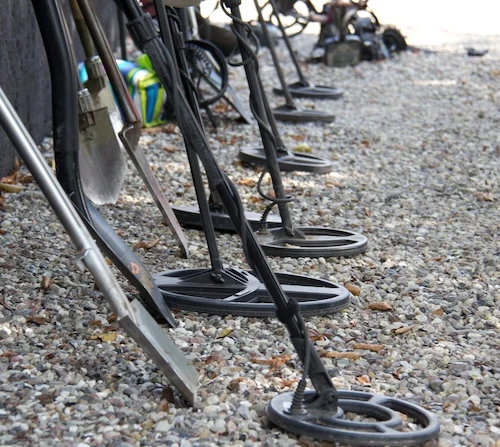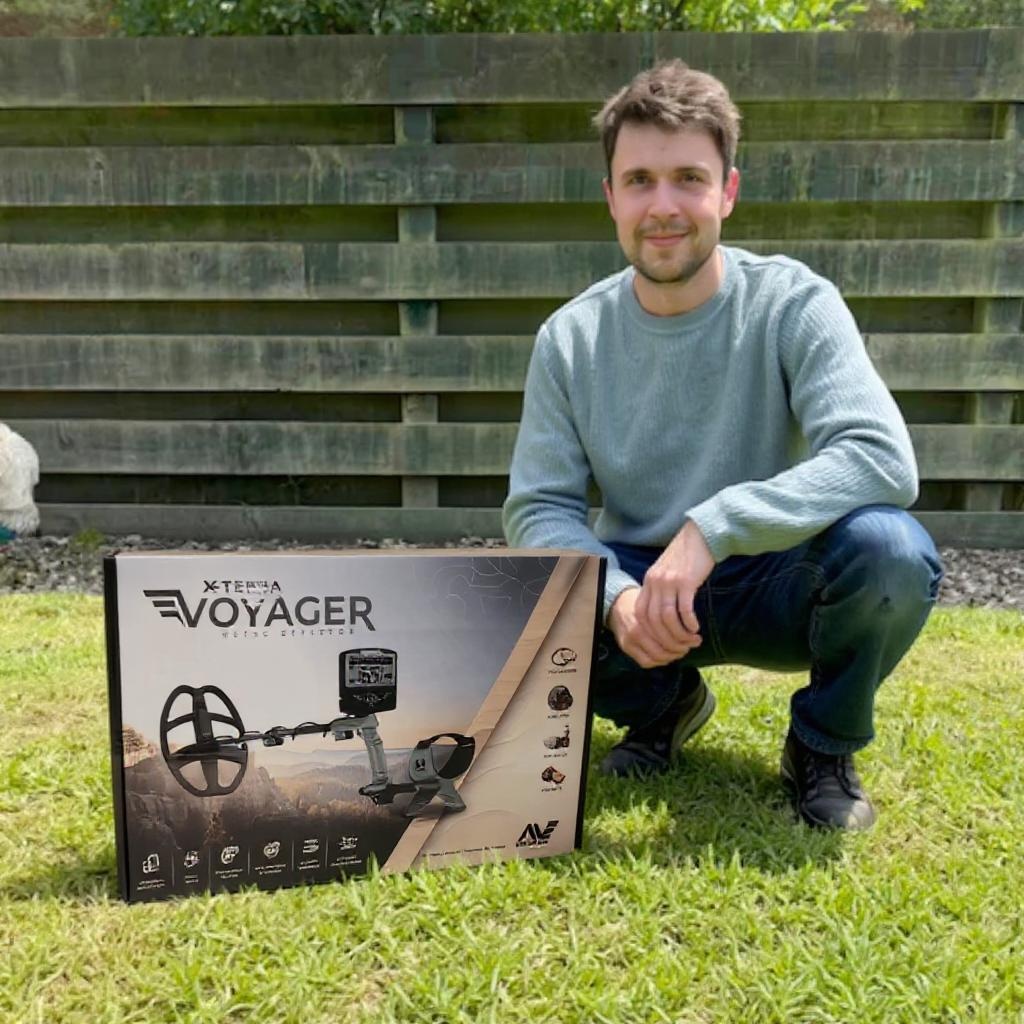Multi vs Single Frequency Metal Detectors: Which is Better?

Written by Piotr Lesniewski
Detectorist • Scotland
As an Amazon Associate we earn commission from qualifying purchases. Read our full Affiliate Disclosure.
You're standing at a crossroads in your metal detecting journey, and the frequency decision you make will dramatically impact what you find.
Single-frequency detectors offer simplicity and depth, while multi-frequency models promise versatility and discrimination. But here's what most manufacturers won't tell you: the "better" choice isn't always the more expensive one. Your success depends on matching the right technology to your specific hunting style and targets.
Key Takeaways
- Single frequency detectors transmit one electromagnetic frequency while multi frequency units transmit multiple frequencies simultaneously or in succession.
- Multi frequency detectors provide superior target identification and discrimination between valuable finds and trash compared to single frequency models.
- Single frequency detectors are simpler to operate, more affordable, lighter weight, and consume less battery power than multi frequency units.
- Multi frequency detectors excel in challenging conditions like saltwater beaches and trashy areas with mixed targets and mineralized ground.
- Single frequency detectors achieve maximum depth for specific metals and are preferred for specialized hunting like gold prospecting or deep relics.

How Single Frequency Metal Detectors Work
Single frequency metal detectors operate on a straightforward principle. They transmit one specific electromagnetic frequency into the ground and analyze the returning signals.
When you turn on your detector, it sends out a continuous electromagnetic field at a fixed frequency, typically ranging from 3 kHz to 100 kHz. This frequency creates an invisible cone-shaped detection field extending into the soil.
When metal objects enter this field, they disrupt the electromagnetic waves and generate eddy currents. Your detector's receiver coil picks up these disturbances as changes in the returning signal. The control box processes these variations and alerts you through audio tones or visual displays.
You'll find that different frequencies excel at detecting specific target types—lower frequencies penetrate deeper but sacrifice sensitivity to small objects, while higher frequencies offer excellent sensitivity to small targets near the surface.

How Multi Frequency Metal Detectors Work
Multi frequency metal detectors take a more sophisticated approach. They transmit multiple electromagnetic frequencies simultaneously or in rapid succession.
You'll find these detectors send out several different frequencies at once, typically ranging from low (around 5kHz) to high (up to 40kHz or more). Each frequency penetrates soil differently and responds uniquely to various metal types.
When you're detecting, the unit's processor analyzes how each frequency reacts to buried objects.
Low frequencies excel at finding large, deep targets like silver coins, while high frequencies detect small gold nuggets near the surface.
The detector compares these frequency responses in real-time. This gives you more accurate target identification and better discrimination between trash and treasure than single frequency units can provide.

Pros & Cons Of Single Frequency Metal Detector
Simplicity defines the core advantage of single frequency metal detectors. You'll find them easier to learn and operate, with fewer settings to confuse beginners.
They're typically lighter and more affordable than multi-frequency models. This makes them accessible entry points into metal detecting.
Single frequency detectors excel in specific conditions when you match the frequency to your target and environment.
You'll achieve excellent depth and sensitivity for particular metals. They also consume less battery power, extending your detecting sessions.
However, you're limited by that fixed frequency. Ground mineralization can severely impact performance, and you'll struggle with target identification. Saltwater beaches pose significant challenges, and you can't optimize settings for different metals during the same hunt. This reduces versatility compared to multi-frequency alternatives.

Pros & Cons Of Multi Frequency Metal Detector
Advanced technology transforms the metal detecting experience when you choose a multi-frequency detector.
You'll discover targets that single-frequency units miss, as multiple frequencies work simultaneously to identify various metals at different depths. This versatility means you won't need separate detectors for beaches, parks, or relic hunting.
You'll achieve superior discrimination between valuable finds and trash, reducing wasted time digging worthless items.
Multi-frequency detectors excel in challenging conditions like saltwater beaches or heavily mineralized soil where single-frequency units struggle.
However, you'll pay significantly more upfront, sometimes double the cost. These detectors consume battery power faster, requiring frequent recharging. The learning curve is steeper, with complex settings that can overwhelm beginners. You'll also carry heavier equipment during long detecting sessions.

When To Use Multi Frequency VS Single Frequency
Your detecting environment determines which frequency type serves you best. Choose multi-frequency detectors for trashy areas with mixed targets, beaches with varying sand conditions, and locations where you're unsure what metals exist.
They're ideal when you want versatility without carrying multiple machines or constantly adjusting settings.
Single frequency detectors work best in specific scenarios. Use low frequencies (3-7 kHz) for deep silver coins and large relics in parks or farmland.
Choose high frequencies (15-40 kHz) for gold prospecting, small jewelry, or thin coins in relatively clean areas.
They're perfect when you know your target type and soil conditions remain consistent.
Consider your experience level too. Beginners often prefer multi-frequency's simplicity, while experienced detectorists might choose single frequency for specialized hunting situations requiring maximum depth or discrimination.
Conclusion
You'll find the best metal detector depends on your specific needs and experience level.
If you're starting out or focusing on particular metal types, single-frequency detectors offer simplicity and affordability. However, if you want maximum versatility and don't mind the learning curve, multi-frequency models provide superior target discrimination and performance across various conditions.
Consider your budget, detecting goals, and willingness to master advanced features before deciding.
Author Profile

Piotr Lesniewski
"Digging up the past, one signal at a time."
Polish-born, Scotland-based, and obsessed with the beep. My passion began decades ago, exploring fields with my Dziadek (grandfather). Now, with over 10 years of digging under my belt, I'm here to share everything I've learned—unfiltered and unbiased—to help you unearth your own piece of history. No sales pitches, just real field experience.